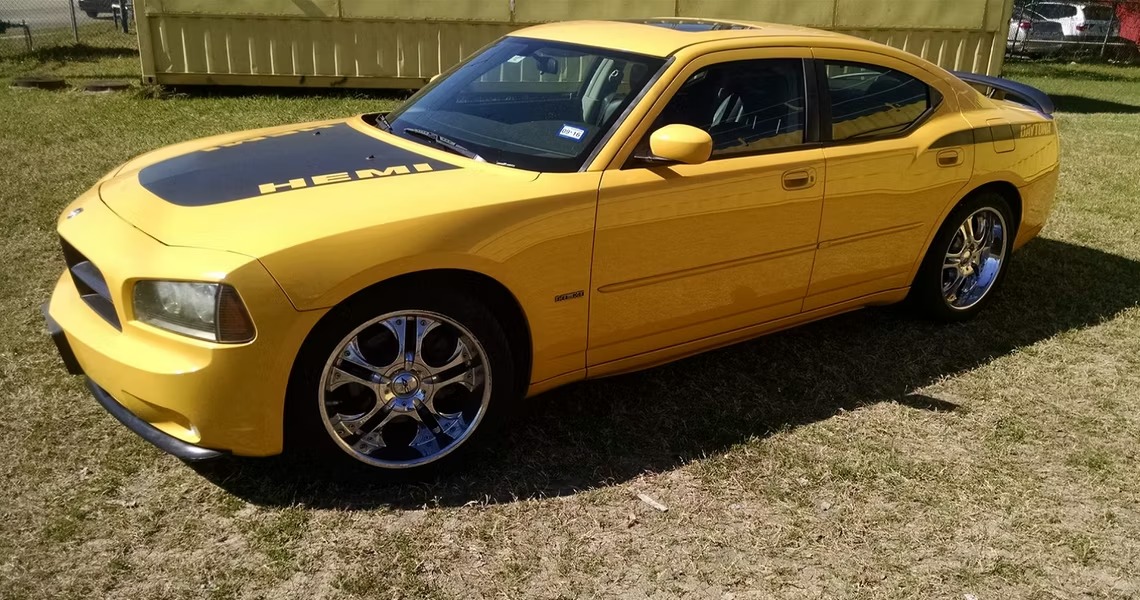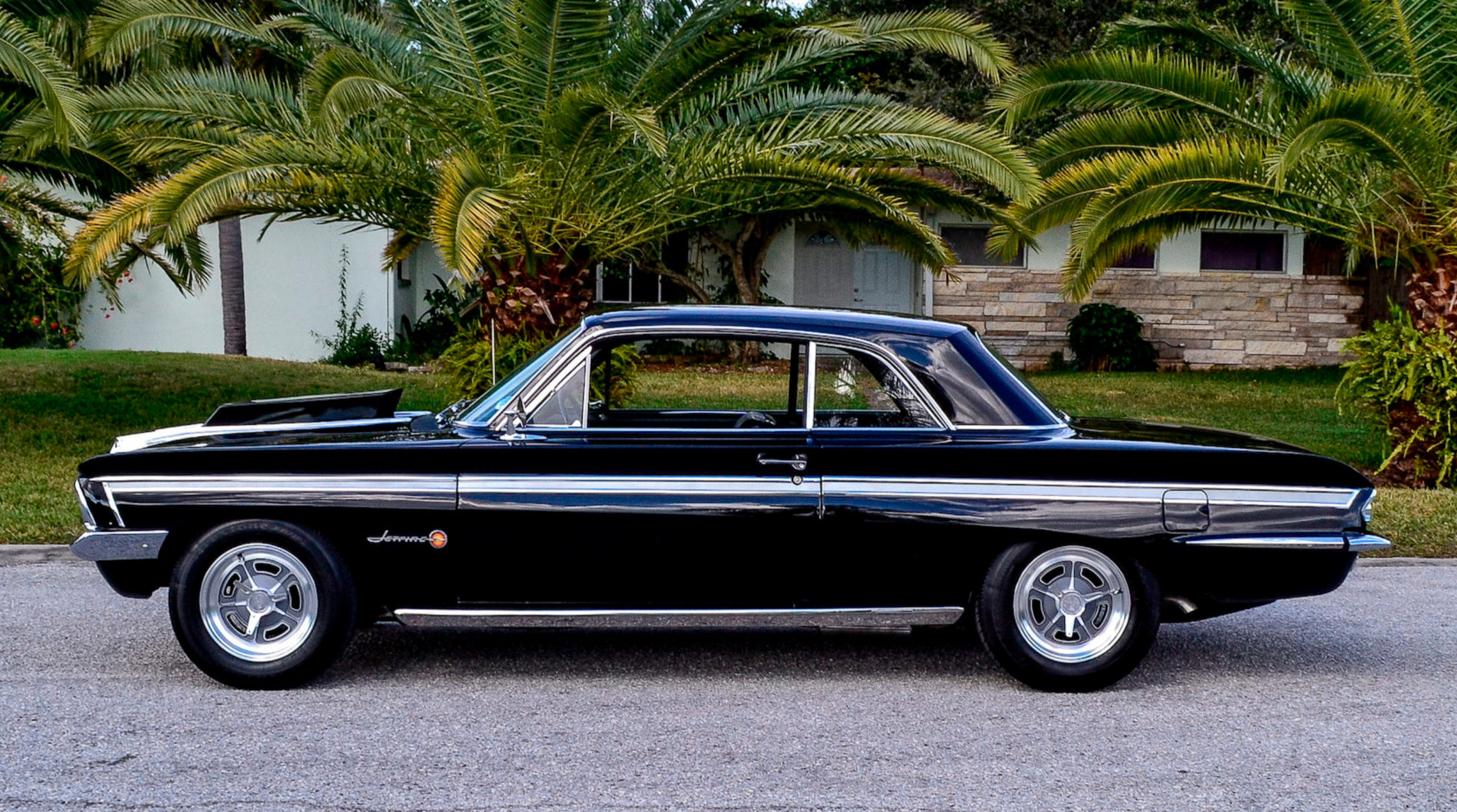Muscle cars are popular far and wide and can cost a lot of money to buy, but here are some that could also break the bank with their upkeep.

Unlike sports cars, muscle cars are more suitable as daily drivers, even if they aren’t always the most sensible choice for serious grocery runs. Since muscle cars have roomy interiors and decent cargo space combined with ample horsepower, it’s no surprise that they remain one of the most popular targets on the classic car market. The most reliable classic cars withstand regular use and won’t spend more time in the shop for repairs than on the road. Unfortunately, there are used cars already hopelessly flawed when first released, and correcting these problems today is an exhausting and expensive process.
Unreliable classic cars are goldmines to mechanics but nightmares to classic car enthusiasts who lack the skills, time, and resources to get them in running condition without help. Rust is always a consideration for older cars, and while this type of damage is often obvious, other rust hides in crevices and areas that are hard to access. Certain muscle cars are simply too dangerous to drive without modifications and lack the modern braking systems and safety features we take for granted in the modern day.
Some of these cars are relatively cheap to update and replace parts, while others include original components that the best detectives would have trouble tracking down. The following eight American muscle cars were better off not surviving the eras they originated in, and will end up as regrettable investments for new owners.
8 1962 Oldsmobile F-85 Jetfire
With a fluid-injected turbocharged V8 engine, the 1962 Oldsmobile Jetfire failed to reach the heights of a fighter plane and saw itself grounded after only two years of production. The uniquely designed engine was the source of most of the Jetfire’s mechanical problems, not only overheating but also running dry when ordinary daily driving didn’t lubricate its compressor shaft.
Since GM offered to modify the problematic Jetfire Rocket V8 with more traditional parts, it’s challenging to find the car in its original state today. To restore a 1962 Jetfire with rare original engine parts, prepare to pay a fortune in restoration costs and then risk dealing with the same issues that plagued the car to begin with.
7 1968 AMC AMX
The AMC AMX was a high-performance version of the AMC Javelin, and resembled the fiberglass racing car prototype that inspired both muscle cars in the late 1960s. It was 12 inches shorter than the Javelin, and the AMX’s available V8 engines allowed the car to reach top speeds of around 130 mph.
The car sold for two years before making way for the more practical four-seater Javelin. Potential mechanical issues are numerous. Despite the AMX tempting buyers as one of the best muscle car bargains, the car is often more trouble than it’s worth, with engines prone to poor oil flow requiring expensive modifications, and body panels notorious for rusting.
6 1968 AMC Javelin
The first generation of the AMC Javelin presented consumers with a less expensive alternative to the famous Ford Mustang pony car. Besides its slightly lower price tag, the Javelin was also advertised as one of the best muscle cars for daily driving, with a more spacious interior and the latest safety features of the day, including three-point safety belts. Equipped with a more than powerful enough V8 engine producing 310 horsepower, the Javelin had all the qualities that posed a direct threat to the Mustang.
Unfortunately for the AMC Javelin, which ended its run in 1974, its rise came during a period when car manufacturers began moving toward less-powerful, more fuel-efficient, and smaller cars. While aftermarket parts are readily available, some original AMC Javelin parts are a challenge to hunt for. The T10 four-speed transmission shipped with the Javelin is a critical yet elusive piece of the restoration puzzle.
5 1966 Oldsmobile Toronado
The Toronado was an unconventional muscle car Oldsmobile introduced in 1966 as a more luxurious alternative to the Ford Mustang. With front-wheel drive, the Toronado was also the first American car manufactured with that configuration in several decades. The car’s big-block V8 engine was enough to propel the Toronado with 385 horsepower, and necessary considering it was heavier than other muscle cars of its time.
The 1966 Toronado has a host of issues that should make potential buyers think twice before buying one today. The decision to design the Toronado with front-wheel drive had several consequences, most dangerously the fact that its drum brakes would quickly wear out. Classic car enthusiasts may opt for later models with disc brakes, but the timing gear set, which is difficult to access, was also prone to failure. Sadly, even later generations of the Toronado experienced problems with anti-lock braking systems and engine fires, causing its permanent retirement in 1992.
4 1973 Pontiac Grand Am
In 1973, the Pontiac Grand Am attempted to combine luxury and performance in one car, something that only European manufacturers had truly accomplished. Raw power was acceptable for the Grand Am, with an available 7.5-liter V8 engine, but its size and weight made legitimate comparisons to its more compact and nimble European counterparts a stretch.
Ultimately, what doomed the 1973 Grand Am was its horrendous 11 mpg fuel economy at a time when oil prices were booming and more efficient cars were becoming commonplace. The 1973 Grand Am hasn’t exactly become sought after in the used car marketplace, and one reason for that, they are difficult to find in conditions that don’t require small fortunes in restoration costs. Like the best muscle cars of the early 1970s, nose cone deterioration is a common issue, and after contending with rain and snow during the decade, many found their way to the junkyard prematurely.
3 2006 Ford Mustang
Even though it’s capable of race-track-worthy performance, the Ford Mustang is one of the best muscle cars for everyday use that has faithfully served drivers for generations looking for a dependable high-performance car. Yet, in its nearly 60-year history, there are some model years with so many potential mechanical headaches that they are best avoided entirely.
The 2006 Ford Mustang, part of its 5th generation, has experienced the most problems of any Mustang according to CarComplaints, and also suffered several safety recalls.
The issue that is the most difficult to hide for the 2006 Mustang is paint peeling and bubbling in its hood area, caused by corroding aluminum panels. In addition, electrical issues were common in the 2006 model, with failing alternators and batteries that would deplete far too quickly. Buyers looking for an affordable Mustang from this era are better off considering a 2008-2011 model, where the number of complaints steadily dropped.
2 2006 Pontiac GTO
If not the best muscle car, the Pontiac GTO can make a valid claim to being the first American muscle car. On the heels of GM’s ban on sponsored racing, the Pontiac LeMans with GTO package in 1964 was an example of the company making a transition from racing track performance to street performance. The GTO would eventually become its own nameplate and was a popular choice for drag races and illegal but inevitable street races of the 1960s.
The Pontiac GTO did not survive the downsizing of high-performance cars, eliminated from Pontiac’s product line in 1974. Back by popular demand, the GTO returned in 2004, but in reality, was a rebadged Australian Holden Monaro. Even with an LS2 V8 engine outputting nearly 400 horsepower, with styling far from its American muscle car roots, the new GTO fell well short of sales expectations. Buyers considering purchasing one today should look for leaking water pumps leading to engine overheating and failing spark plugs.
1 2006 Dodge Charger
Based on the two-door mid-sized Dodge Coronet, the first Charger in 1966 was massive both in size and engine power, with a 7-liter Hemi V8 engine producing an output of 425 horsepower. Numerous NASCAR wins in the 1960s boosted the Charger’s sales, and its popularity only increased in 1968 with new and iconic coke-bottle styling made famous in numerous Hollywood movies.
After reaching the end of a successful run in 1978 that outlasted some of its muscle car competition, the Charger made a brief return in the 1980s, before disappearing again until 2006. Dodge surprised Charger fans by bringing back the car as a four-door sedan based on the Chrysler LX platform. The Charger’s V8 Hemi engine also returned, but the 2006–2008 models suffered from a variety of mechanical issues, making them a risky investment for any buyer today. Too common were issues with the engine’s valve seats requiring a complete engine replacement, transmissions where shifters would get stuck in park, and failing ignitions.
















